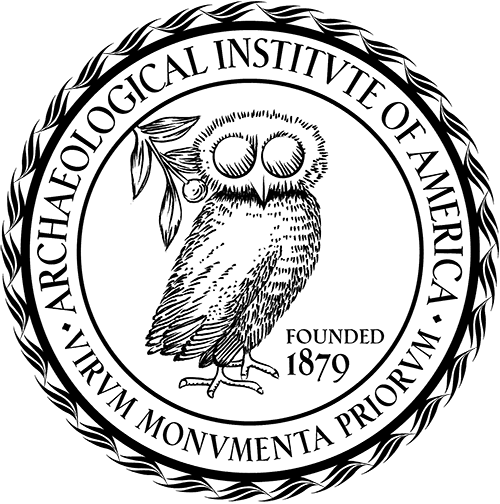November 4, 2013
by Sebastian Soria–Davidson Day School Class of 2014

July 1 was the first day of the second week, but was slow due to steady showers throughout the day. All units extended plaster floor in the south from west to east, with the exception of those units blocked off by large trees. Stairs were found in Unit 2. July 1 was the first day of artifact washing, where 3-4 students worked on washing the previous week’s ceramics. Work ended two hours early due to consistent rain. Units were covered with tarps.
Ceramics, chert, marine shell and freshwater shell were found in all units, but Unit 3 discovered a ground stone mostly intact. A complete ceramic handle was also found today.
July 2 began with the removal of tarps on units. Little to no water damage occurred in the units, but permanent tarps were hung over all seven units. Unit 7 found a wall in the northwest and continued to expose architecture east. Facing stones were found, which were on average 20-36cm long. Unit 1 found a third floor which was measured 10 cm higher than the second floor. Most units were past collapse, and we are now excavating through constant fill. Unit 4 had a trench placed in the northeast, as well as Unit 5 in the northwest. Unit 4 found nothing, but Unit 5 found a backing masonry walls which probably rested just in front of facing stones.
Ceramic, Chert and freshwater shells were found in all units, as well as manos in units 4, 6 and 7 and a biface in unit 7.
On July 3, Units 1, 2 and 3 all dug trenches in hope of finding stairs. A 1.5×1.3m trench in Unit 1. A poorly preserved staircase was found, but it had four steps or treads. They also found a fourth floor in the trench. A second trench in unit 1 showed wall architecture. A 1.48x.73m trench in Unit 2 also tried to find stairs. No stairs were found, but a wall was discovered. A new technique developed in Unit 2 to start on top and dig down. Unit 3 found facing stones, but removed them since they were all collapse or lost.
July 4 was a very productive day with lots of breakthroughs. Unit 1 found basal course stones, which measured on average 40-57cm and stretched from northeast to northwest. This discovery in Unit 1 was followed by the discovery of a rough row of stairs in the Eastern section or the unit. After Unit 7 finished following a wall in their unit. They designated a new unit northeast of their unit measuring 2×3 meters. The hopes of the unit were to find the proposed southeast corner of structure B7. In Unit 6, the well preserved wall extending into their unit appeared to end, but actually seems to be partially missing, one or two facing stones. The floor was determined to run across the unit in four different layers. Unit 2 maintains a well preserved bright plaster floor in the unit, as well as a compact section of floor which has qualities that resemble stucco wall. In Unit 1, floor 4 is very compact and preserved over most of the unit. Unit 3 on floor 1 is composed of mostly ballast, as well as the southeast corner of Unit 4. In the northwest corner of Unit 5, core of a wall was found extending to what appears to be a terrace, as well as what may be stair collapse in the east.
July 5 continued with Unit 1 continuing their basal course west. By leveling, they determined that it matches up to structure A1. Upon this discovery, the remaining basal course was exposed. Both units 2 and 3 uncovered the second stair of structure B6, furthering the staircase. In Unit 5, the wall in the NW was found to exceed 3 courses deep. Unit 6 managed to find a connection of wall in the north with Unit 7, which meant that the wall could extend the length of structure B7.